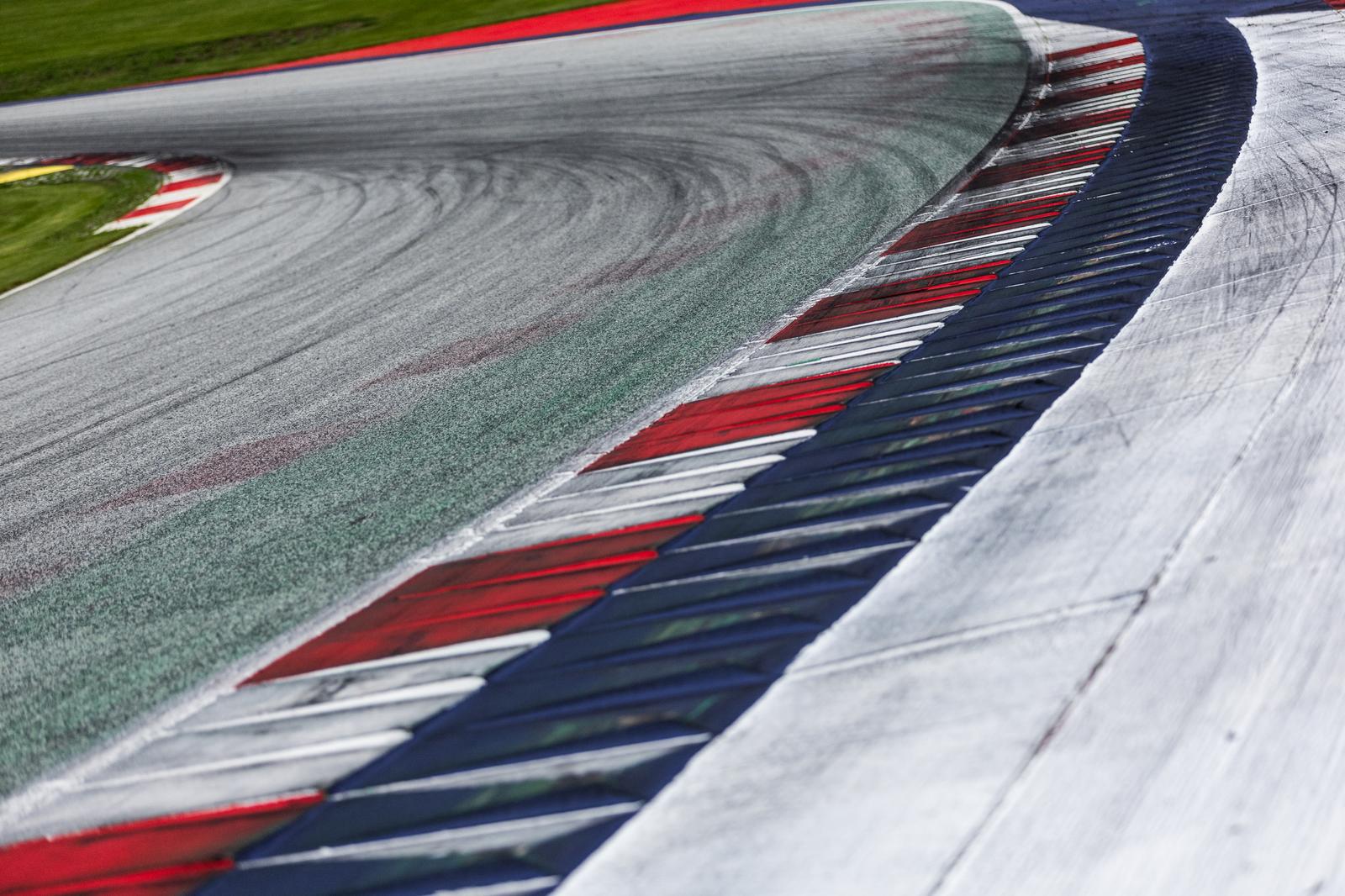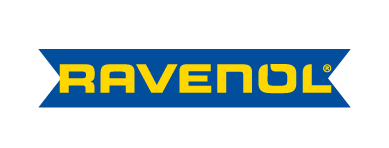Motorsport is synonymous with high-speed thrills and technological innovation. However, behind the adrenaline-pumping races lies a relentless pursuit of safety. The evolution of safety in racing circuits has been a journey of continuous improvement, driven by the need to protect drivers, teams, and spectators. Eurocup-3, established in 2021, has quickly positioned itself as a premier single-seater racing series, showcasing its commitment to safety by competing on some of the best and most advanced circuits across Europe.
Early Days: Safety challenges and the rise of circuit racing
The early 20th century saw the birth of motorsport, with races often held on public roads. These events were marked by high risks, as circuits were not designed with safety in mind. The lack of protective barriers and proper circuit layouts led to frequent accidents, highlighting the urgent need for improved safety standards.
While Eurocup-3 itself is a relatively recent addition to the motorsport world, its choice of circuits reflects a deep respect for the history and evolution of circuit safety. The series races on tracks that have been developed and upgraded over decades, benefiting from the cumulative advances in safety measures implemented across Europe. These circuits have been selected not only for their challenging layouts but also for their state-of-the-art safety features, setting a high standard for the series.
Mid-20th century: The introduction of safety measures
The mid-20th century marked significant progress in motorsport safety. The introduction of dedicated racing circuits and basic safety features, such as barriers and run-off areas, laid the groundwork for safer racing environments. The tragic 1955 Le Mans disaster, which claimed the lives of many spectators, was a turning point that led to a comprehensive review of safety measures across all racing disciplines.
Eurocup-3, by racing on iconic European circuits like Monza, Spa-Francorchamps, and Silverstone, taps into a rich heritage of racing history where safety innovations have continuously evolved. These circuits have implemented stringent safety protocols, including advanced barrier systems and extensive run-off areas, which are crucial for ensuring the safety of both drivers and spectators.
Late 20th century: Technological advancements and regulatory changes
The late 20th century was a period of rapid technological advancement in motorsport. Innovations such as the Armco barrier and the introduction of safety cars became standard features, significantly enhancing circuit safety. These developments set the stage for the high standards that Eurocup-3 upholds today.
The series’ selection of circuits is also influenced by these advancements. Tracks like the Nürburgring and Circuit de Barcelona-Catalunya have been leaders in implementing cutting-edge safety technologies and are known for their meticulous attention to safety protocols. This ensures that Eurocup-3 races are held under the safest conditions possible, aligning with the series’ commitment to the highest safety standards.
21st Century: Eurocup-3 and modern safety innovations
In the 21st century, and particularly since its debut in 2021, Eurocup-3 has embraced the latest technological advancements to enhance circuit safety. The use of advanced materials, such as carbon fibre, has improved the construction of cars and barriers, offering better impact absorption. The Halo device, a significant innovation in single-seater racing, has been a crucial addition to the series, providing protection against debris and collisions.
The vehicles used in Eurocup-3 are equipped with the latest safety features, reflecting the series’ commitment to driver protection. These cars incorporate cutting-edge technology designed to enhance safety without compromising performance. Features such as advanced crash structures and energy-absorbing materials ensure that drivers are well-protected in the event of an incident. Moreover, the adoption of standardised safety equipment, including the HANS device and state-of-the-art helmets, further underscores Eurocup-3’s dedication to maintaining the highest safety standards.
Modern Eurocup-3 circuits feature state-of-the-art safety installations, including Tecpro barriers and extensive run-off areas. These features, combined with digital technology like telemetry and GPS tracking, allow for real-time monitoring and incident response, making Eurocup-3 one of the safest series in motorsport. The choice of circuits such as Hockenheim and Red Bull Ring underscores the series’ dedication to providing the safest and most exhilarating racing experiences.
The future: innovation and continued commitment
Looking ahead, Eurocup-3 is set to continue leading the way in circuit safety. Future innovations may include active safety systems, enhanced data analytics, and even greater integration of AI technologies to predict and prevent accidents. As sustainability becomes increasingly important, Eurocup-3 is also exploring ways to integrate green technologies while maintaining the highest safety standards.
The series’ focus on safety is not just about meeting current standards but about pushing the boundaries of what is possible in motorsport safety. By staying at the forefront of technological advancements and racing on circuits known for their safety innovations, Eurocup-3 ensures that it remains a leader in both competitive racing and safety.
Conclusion: Eurocup-3’s role in advancing circuit safety
The evolution of safety in racing circuits has been a long and ongoing journey, marked by significant milestones and continuous improvement. Eurocup-3, despite being a newcomer, has rapidly established itself as a key player in this journey. By racing on some of the best circuits in Europe, which are equipped with the latest safety features and technologies, Eurocup-3 sets a high standard in the motorsport industry.
As Eurocup-3 continues to grow and attract a global audience, its commitment to safety remains unwavering. The series’ dedication to protecting drivers, teams, and spectators ensures that the thrill of motorsport can be enjoyed with confidence. For fans and participants alike, Eurocup-3 represents not just the pinnacle of racing talent, but also a benchmark for safety in the sport.
Stay updated with Eurocup-3’s latest safety innovations and race highlights by following the Eurocup-3 Official Website.
















